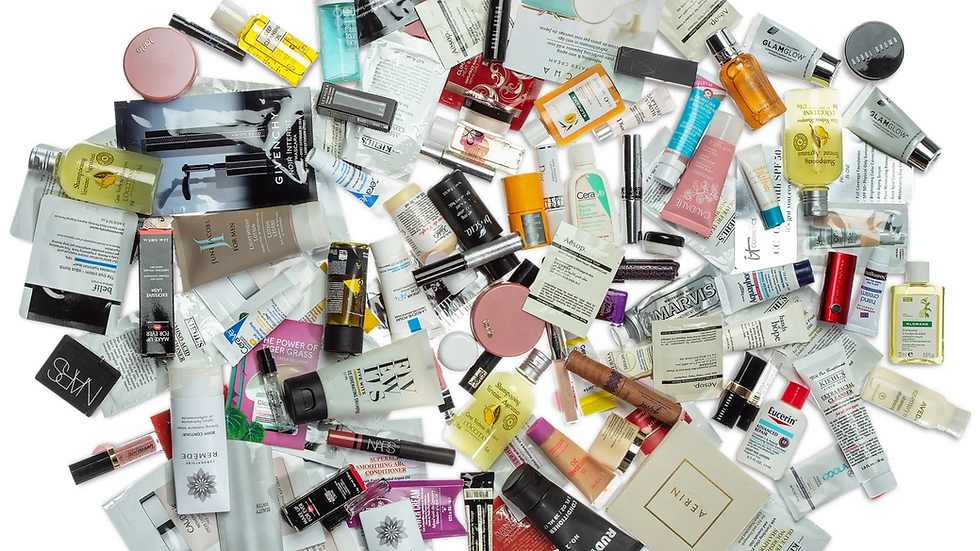How Many Personal Care Products Do Consumers Really Use Daily?
- Jaime Castle

- Nov 21, 2024
- 2 min read

When it comes to personal care, data reveals some intriguing insights: the average person uses around nine products every day. Notably, about 25% of women exceed that, often using 15 or more. I’ll openly admit I belong to that 25%, and I see no problem with it!
Throughout my years of visiting various physician offices, medspas, and other practices, I’ve noticed a common trend: patients often leave with just a couple of products. This could stem from price fatigue after their treatments or simply because the provider suggested only a couple of items.
Here’s the crux of the matter: if patients aren’t purchasing from you, they are likely buying from someone else. The data supports this notion, highlighting that skincare represents one of the most effective retention tools in the arsenal of services for practices and brands alike.
So, how can we encourage patients and consumers to consistently repurchase and increase their purchases to 15 or even 20 products a year? This is a crucial business development opportunity where brands and practices can collaborate. Everyone has a shared goal: to provide patients with high-quality medical-grade products that they can buy directly in-office.
Strategies for Boosting Product Sales
Analyze Recent Patient Purchases: Review the purchase history of your last 20 patients over their last two visits.
How many products did they buy?
What is their repurchase rate?
Implement a Bounce-Back Strategy: Create a plan that encourages repurchases in collaboration with your brand partners. This could involve discounts or special offers for returning customers.
Investigate Alternative Purchases: Understand where patients are buying their products if they aren’t purchasing from you. This knowledge will help both brands and practices develop effective “win-back” programs to reclaim lost customers.
Encourage Transparency: Ask patients to take a picture of their bathroom counter or the area under their sink before their next visit. This simple task will give you a visual insight into how many products they are using and what types.
It's crucial not to overlook skincare sales within your practice. Patients have numerous opportunities to purchase from other sources, making it imperative for you to stay proactive. Both practices and brands have invested considerable effort into capturing and educating patients. Remember, brand representatives are not just salespeople; they are your business partners. Your success translates to their success, and together, you can create a winning strategy for both parties.
By working collaboratively, practices and brands can ensure patients receive the best quality products while enhancing their overall experience. Let’s prioritize skincare sales and cultivate lasting relationships that benefit everyone involved.



Comments